Each day we experience a whole plethora of different emotions, and in these days some of our emotions may feel good and some not so, though whatever we may think about them all emotions are valid and useful.
Emotions are our internal compass there to guide us through our life. So, let’s explore their purpose
As a society we have many judgments around our emotions, labelling some as ‘bad’, like anger or jealousy or ‘good’, like love. However, emotions are neither good nor bad. They are what they are, useful forms of physiological information created in response to our external and internal environments which our brain then interprets into thoughts.
‘There is nothing either good or bad but thinking it makes it so’. Shakespeare
So what can we learn from some of our most common emotions such as; anger, fear, jealousy, sadness, remorse, excitement, joy and love?
Anger is a feeling designed to make us act quickly to defend ourselves or someone we love as fast as possible by fighting back. It mobilises us into action.
'Anger is the energy mother earth gave us as little kids to stand forward on our own behalf and say I matter’. Joann Peterson
Fear is a feeling designed to alert us to the fact that we are not safe. It is an activating emotion that keeps us on high alert and makes us act quickly to defend ourselves and others as fast as possible by running away.
Jealousy shines a light on what it is we would like.
Sadness is a feeling designed to keep us safe while we get over losing someone or something we loved. Getting over these kinds of things can take a lot of thinking about and we may not be as alert about the dangers around us as we would normally be. So, sad feelings make us want to stay at home and not do very much, increasing the chances of us staying alive until we feel better again.
These are confusing times as we transition out of lockdown, and we may well be experiencing an intensified range of emotions
The word ‘emotion’ comes from the old French emouvoir ‘stir up’, and from the Latin emovere ‘move out, remove, agitate’. Emotions are there to make us ‘move’, to literally ‘get into motion’ so we can find relief from where we are. They can move us from powerlessness to anger, or from frustration to hope.
Remorse is a feeling designed to put us off making the same mistake twice especially if someone else got hurt or upset by what we did.
Excitement is a feeling that makes us want to achieve something new or do whatever it is we are doing again. It motivates us to learn things.
Joy is a feeling that we get when we are ‘in flow’ or when we experience something, however fleetingly that brings us a sense of inner happiness. Joy creates a sense of inner peace and of wellbeing. My blog ‘5 Ways to Boost Joy’ explores this more.
Love is a feeling that makes us feel deeply connected and motivates us to act selflessly and look after each other because we want to.
Our emotions are thus an essential part of our survival kit. They are designed to give us useful information that not only keeps us alive, and which also motivates us to journey on and ever evolve. By listening in to them with curiosity and acceptance, without judgement or attachment, we can hear their messages and allow them to come and go as needed.
When we are mentally healthy we can move with relative ease from one emotion to another.
However after trauma, years of negative self-talk, or during times of stress it is easy to become stuck in one dominant emotion and trapped in an unhelpful thought loop which further feeds the emotion. We may notice that we start to talk about ourselves as if we ‘are’ the emotion, for example, I often hear people saying, ’I am depressed… I am angry….I am anxious’ in much the same way as I would introduce myself as ‘I am Helen’. In other words we become so closely identified with the emotion it literally feels like it is us.
Emotions are never ‘all’ of us. If we are to remain aware of our emotions so we can use them as useful signposts rather than ‘become them’ we need to, observe them with a sense of curiosity and stay alert to how our thoughts and language may be further fuelling them.
In Gaelic the language is slightly more helpful as instead of ‘being depressed’ they talk about depression, anxiety, joy etc as coming ‘on’ them, thus externalising it. What comes ‘on’ us can come ’off’ us just like a piece of clothing.
If you have experienced trauma, years of ‘negative faulty thinking’, stress or a childhood of having to hide your feelings you may well have learnt to cut off from these painful emotions by numbing yourself or by self-medicating yourself from them through the use of addictive substances, (addiction is never the problem it is our solution to the problem), or you may ‘feel trapped’ in an emotional state.
‘State and story work together in a persistent and, if not interrupted, enduring loop’. Deb Dana
If moving from one emotional state to another is difficult or too painful then seeking help from a counsellor can be both beneficial and extremely healing.
‘The body will reorganise itself when it feels safe’, Stephen Porges, and experiencing the entire array of emotions with a sense of ease will become possible once again.
If you are curious about working with a counsellor to free yourself from past trauma, PTSD or feelings of emotional overwhelm then please do contact me, Helen Prosper
livewellandprosper.uk – 07545 227272
The post Embracing and understanding our emotions appeared first on Wellbeing Magazine.
from Wellbeing Magazine https://ift.tt/31ahway
via
babu31















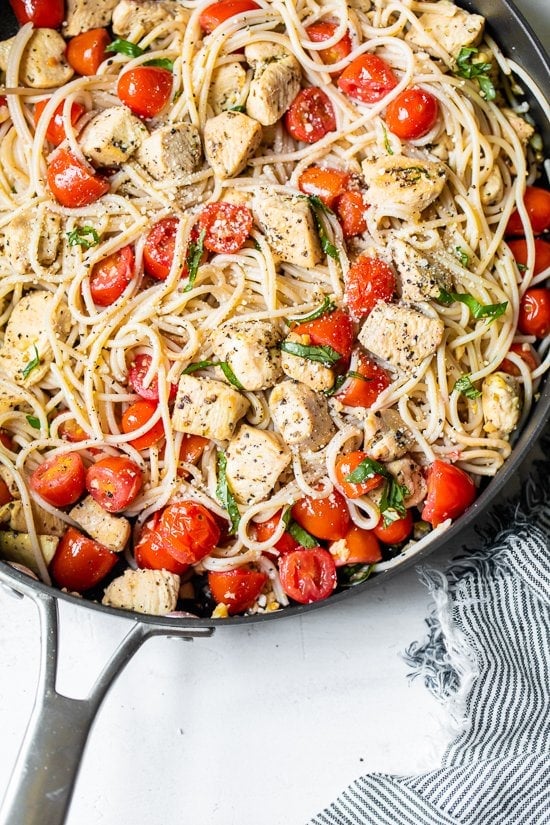


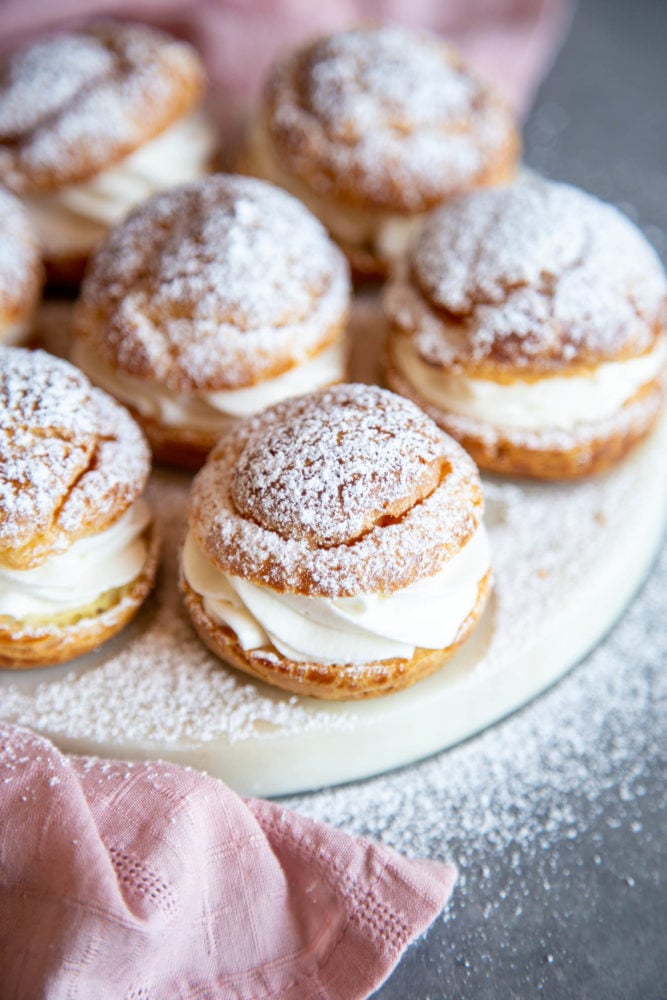
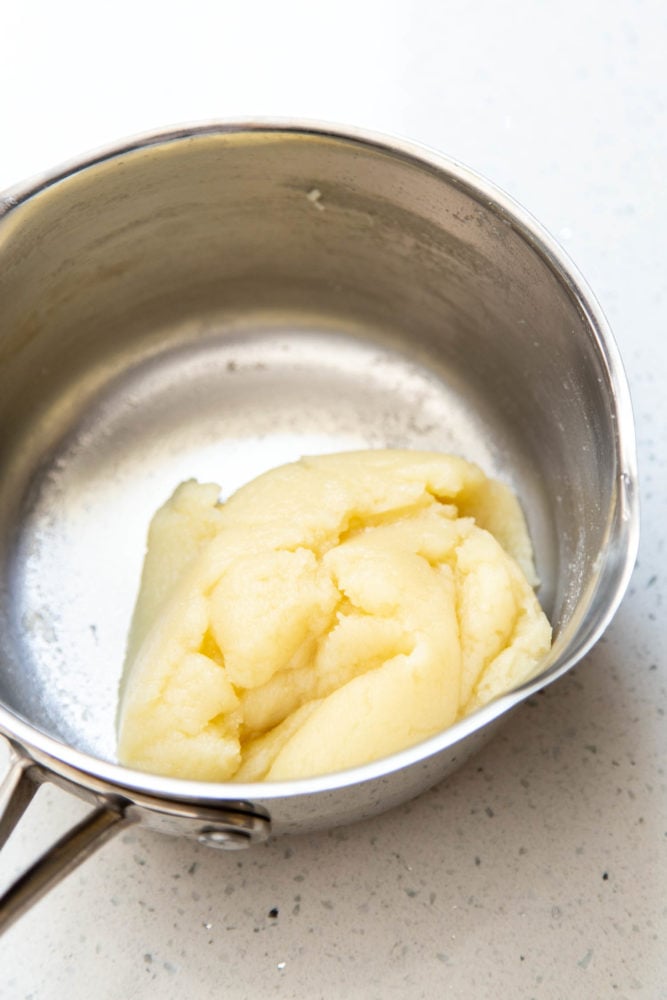
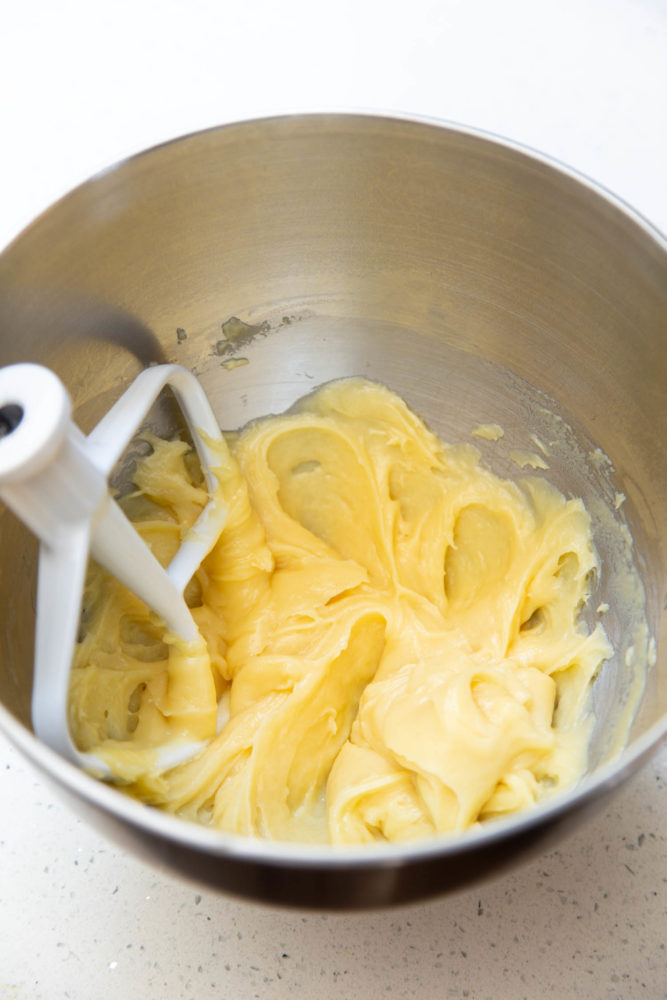
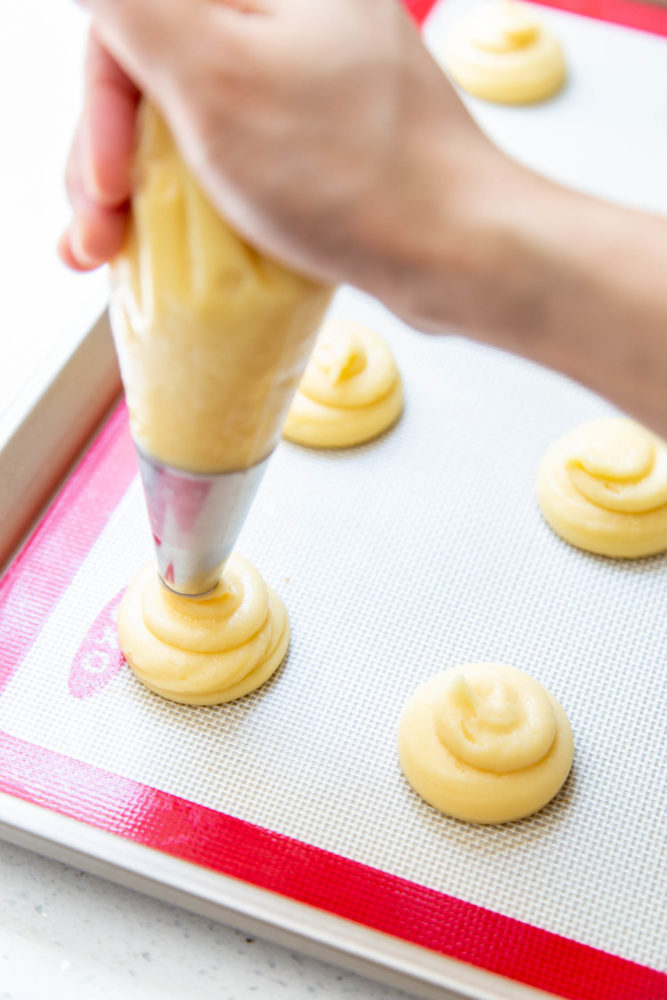
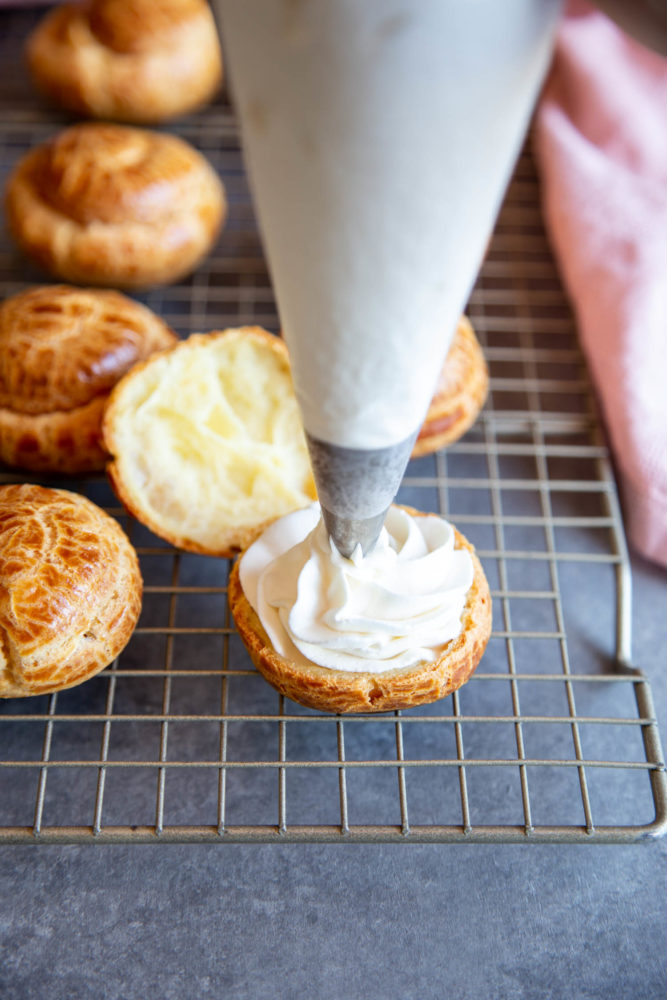
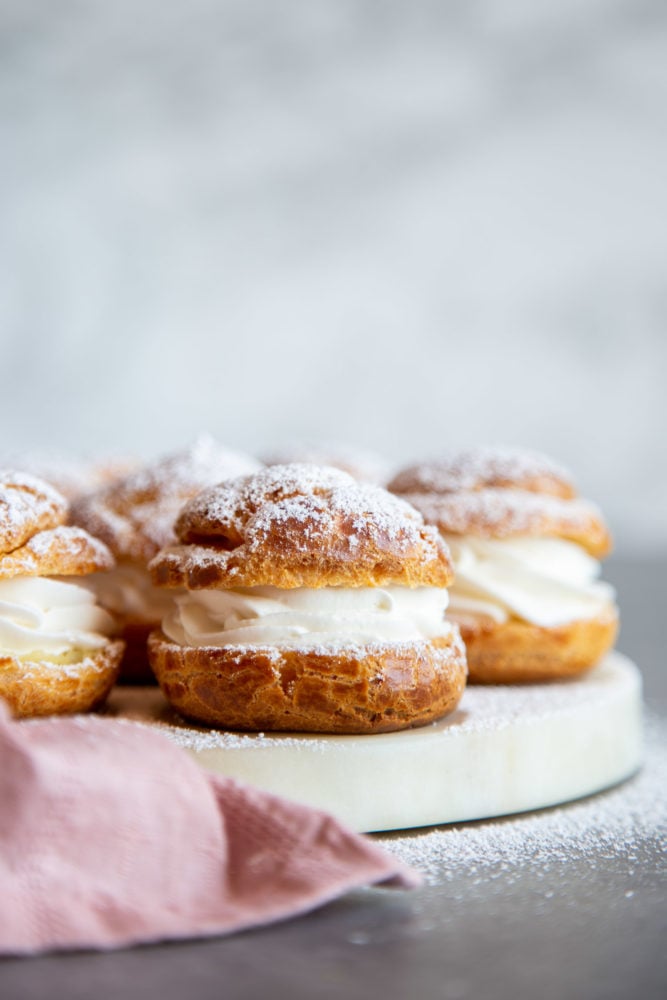

 In the latest edition of The Health Wrap, Dr Lesley Russell unpicks some of the complexities around coronavirus vaccine development and uptake, as well as digging into aged care spending questions, and the importance of behavioural research in a public health crisis. And in Dental Health Week, it’s timely and […]
In the latest edition of The Health Wrap, Dr Lesley Russell unpicks some of the complexities around coronavirus vaccine development and uptake, as well as digging into aged care spending questions, and the importance of behavioural research in a public health crisis. And in Dental Health Week, it’s timely and […]



 Every week, a different guest tweeter takes charge of Croakey’s rotated, curated Twitter account, @WePublicHealth, and uses the account to cover specific health issues or events. Recently, the Health System Sustainability Partnership Centre, a national collaborative to tackle interventions to improve the sustainability of Australia’s health system, was at the […]
Every week, a different guest tweeter takes charge of Croakey’s rotated, curated Twitter account, @WePublicHealth, and uses the account to cover specific health issues or events. Recently, the Health System Sustainability Partnership Centre, a national collaborative to tackle interventions to improve the sustainability of Australia’s health system, was at the […]